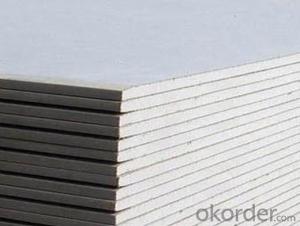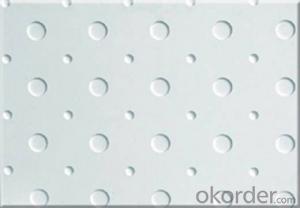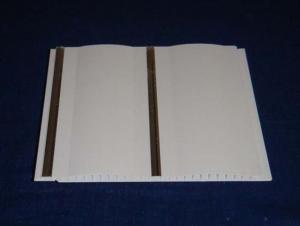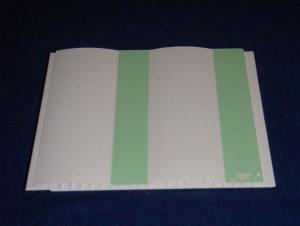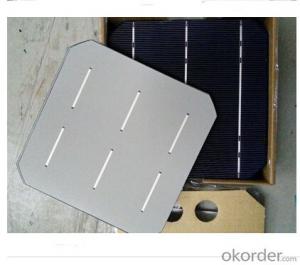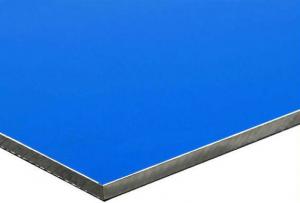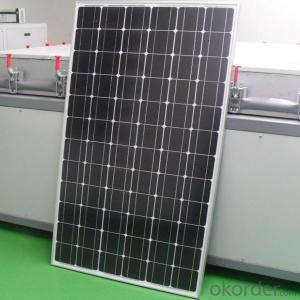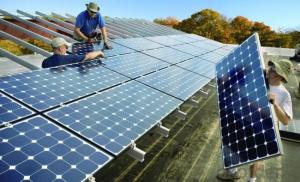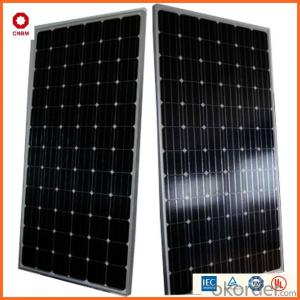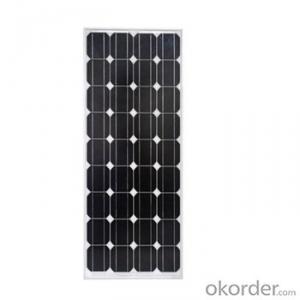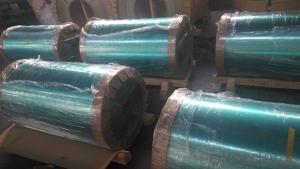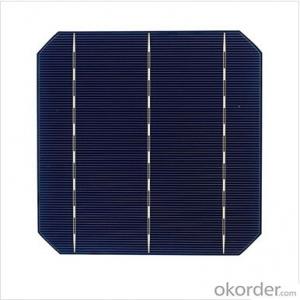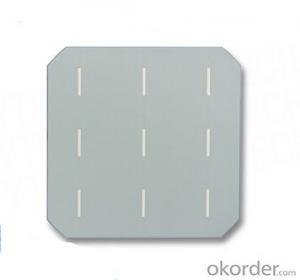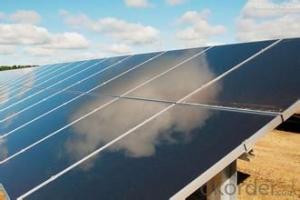Q Cells 385w Solar Panels
Q Cells 385w Solar Panels Related Searches
Best Inverter For Solar Panels Inverter Box For Solar Panels Inverter For Solar Panels Cost Fiberglass Panels For Roofing Foam Panels For Building Wall Lights For Bedrooms Geogrid For Retaining Wall Tar Paper For Roofing Wall Spotlight With Plug Woven Steel Mesh PanelsHot Searches
Steel Mesh Panels For Sale Price For Stainless Steel Scrap Scrap Price For Stainless Steel Price For Stainless Steel Stainless Steel Tank For Sale Cheap High Tea Sets For Sale Stainless Steel Tanks For Sale Stainless Steel For Sale High Density Fiberboard For Sale Solar Hot Water Collectors For Sale Scaffolding For Sale In Uae Scaffolding For Sale In Ireland Scaffolding For Sale In Houston Type Of Inverter For Solar Price Of Shipping Containers For Sale Types Of Inverter For Solar Stock Price For Aluminum Used Solar Inverter For Sale Portable Led Signs For Sale Steel Mesh Panels For SaleQ Cells 385w Solar Panels Supplier & Manufacturer from China
Okorder.com is a professional Q Cells 385w Solar Panels supplier & manufacturer, offers integrated one-stop services including real-time quoting and online cargo tracking. We are funded by CNBM Group, a Fortune 500 enterprise and the largest Q Cells 385w Solar Panels firm in China.Hot Products
FAQ
- Yes, solar cells can be used for powering streetlights. Solar-powered streetlights use photovoltaic panels to convert sunlight into electricity, which is stored in batteries. This stored energy is then used to power the streetlights during the night, making them an eco-friendly and cost-effective lighting solution.
- The role of grounding systems in solar cell systems is to provide a safe and efficient pathway for the dissipation of electrical faults and to protect the system from electrical surges and lightning strikes. Grounding systems help minimize the risk of electrical shock, equipment damage, and fire hazards by establishing a connection to the earth, allowing excess electrical energy to be safely redirected and dispersed.
- Solar cells have had a significant positive impact on job creation, both in the manufacturing and installation sectors. The growing demand for renewable energy has led to a surge in solar cell production, creating new manufacturing jobs and stimulating economic growth. Additionally, the installation and maintenance of solar panels have created numerous job opportunities, especially in the construction and engineering industries. As the solar industry continues to expand, it is expected to further contribute to job creation and foster a sustainable and green economy.
- Yes, solar cells can be used to power medical devices or implants. They provide a sustainable and renewable source of energy, allowing these devices to operate without the need for frequent battery replacements or external power sources. Additionally, solar cells can be integrated into the design of medical implants, providing a self-sustaining power supply for long-term usage.
- What is the window material in the solar cell? what's the effect?
- However, since the window layer is a surface layer, the surface composite is serious, so the window layer to avoid absorbing light to produce carriers, so the window layer is generally made of large band gap material, try not to absorb light.
- The manufacturing of solar cells has both positive and negative environmental impacts. On the positive side, solar cells generate clean and renewable energy, reducing the reliance on fossil fuels and thereby decreasing greenhouse gas emissions and air pollution. Additionally, solar cells have a long lifespan and require minimal maintenance, reducing the overall environmental impact compared to other energy sources. However, the production process of solar cells does have some negative environmental consequences. The extraction of raw materials, such as silicon and rare earth metals, can lead to habitat destruction, water pollution, and soil degradation. The manufacturing process also requires energy and water, which can contribute to carbon emissions and water scarcity if not managed efficiently. Overall, while the production of solar cells does have some environmental impacts, it is important to consider them in relation to the significant environmental benefits that solar energy provides in terms of reducing carbon emissions and mitigating climate change.
- Where and how can I find more information of Photovoltaic Cells Solar Panels? Can anybody share more about that?
- Photovoltaic cell is actually a vital elements in the PV system, without it, the PV system can not function properly and generate the power.


